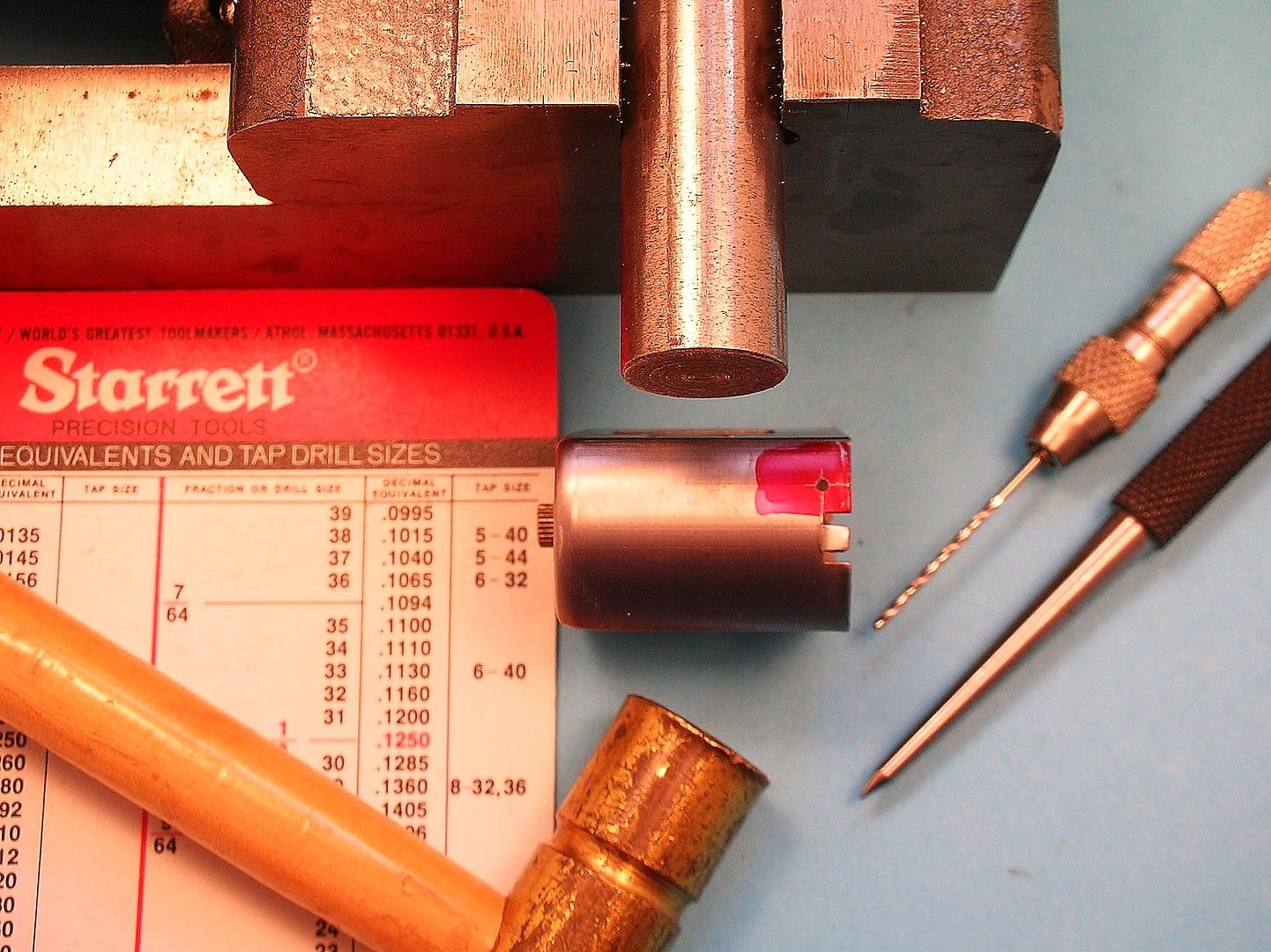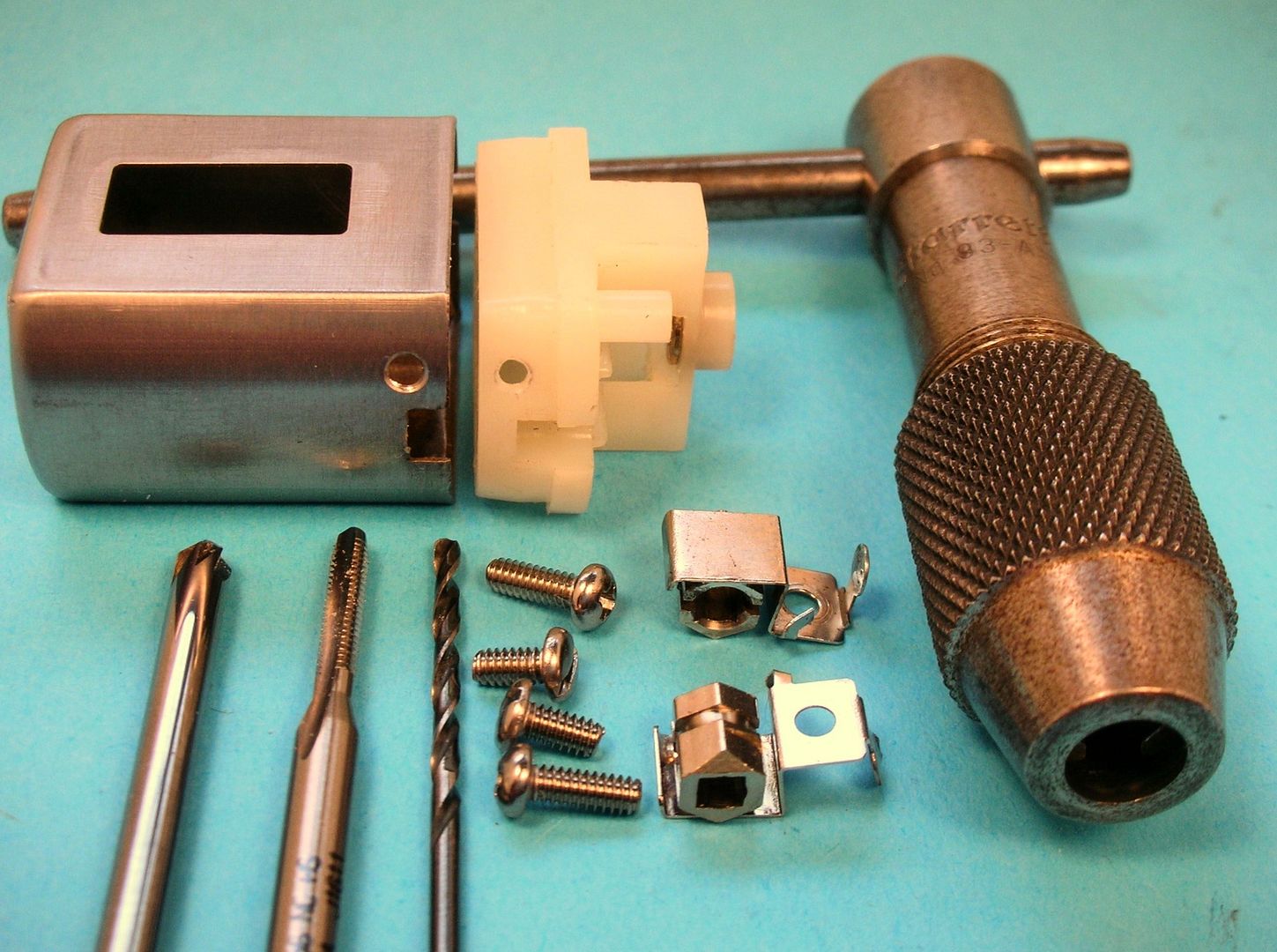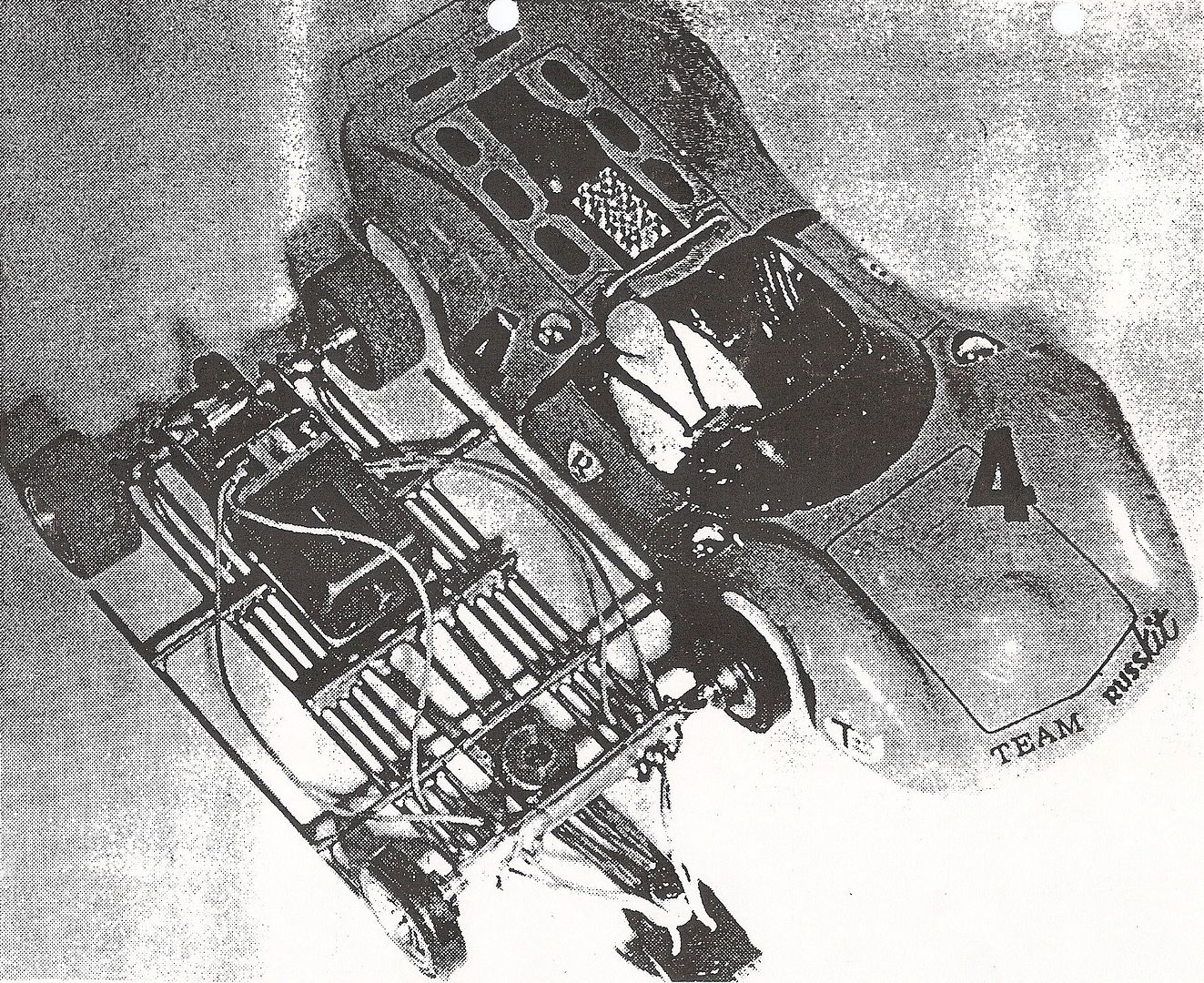Steve, didn't you wind Rick's arm to be blow-proof anyway?
Of course! I can guarantee 80,000 RPM with a flat torque curve running ice cold on early 1967 Buzz-a-Rama transformer power! Don't all the period motor and rewinding ads guarantee that? ![]()
And if you believe the hype, I've got this bridge I'd like to sell you (and it's conveniently located only a few miles from Buzzy's too!) There is of course no such thing as a "blow proof" arm, or pretty much any other motor related component. In this case, the 52 year old NOS Tradeship commutator could easily explode after only a few laps. ![]()
From the historical standpoint for those who might be interested, at the beginning of 1967, rewinders had these little motors running at 100 to 300% overload (compared to their stock form). Notwithstanding the notoriously poor efficiency ratings (another whole show in another tent), clocking a motor at two to four times it's designed power meant a great deal more heat was being produced. None of this about excessive heat is news to anyone who tried to build competitive slot racing motors in 1967.
In the real world white Mabuchi endbells were never intended to withstand this sort of thermal abuse, but in early 1967 there were as yet no alternatives and no improved protection from the heat (ie: post protectors or the like). As a result you had a situation where anything you do as a motor builder that does not help maintain or improve efficiency or cooling or both, is an engraved invitation to disaster - no matter how much horsepower you've managed to eek out of the motor. Aside from having the motor blow up late in the race, a snoot-full of melted white nylon endbell will help punctuate that point.
29 gauge wire is about the practical limit for an unprotected white Mabuchi endbell, and 65 turns (although not easy to cram in neatly on a period blank) is better than 60 or 55 or anything less because it helps maintain the amp-turns while restricting the total amps flowing through the motor. Good strong magnets and moderate comm timing will also help restrict the total amps by increasing the back-emf, and provide additional torque to boot. It's all a balancing act with the Mabuchi melt-o-matic being the limiting factor.
Barring unforeseen comm explosions, I think this little arm will do just fine. ![]()






























